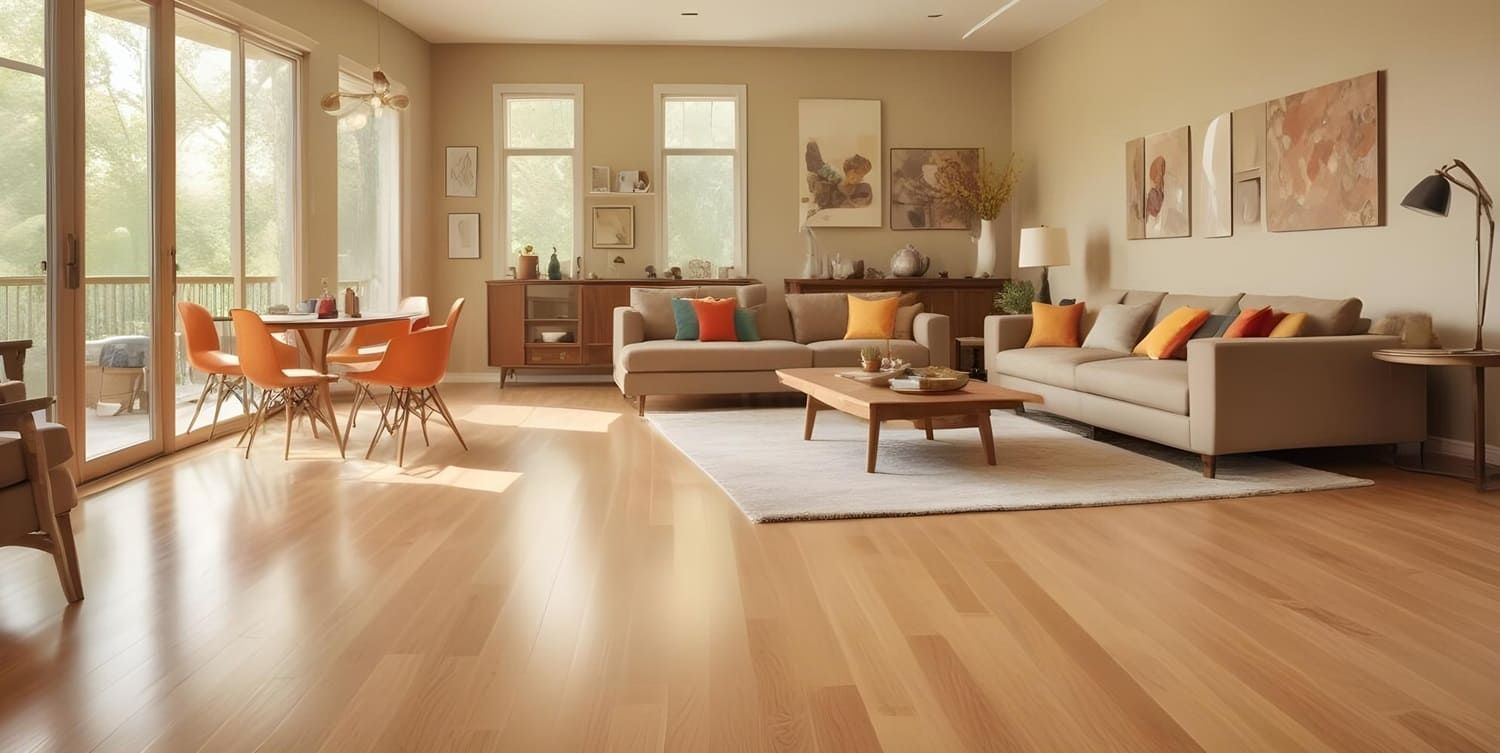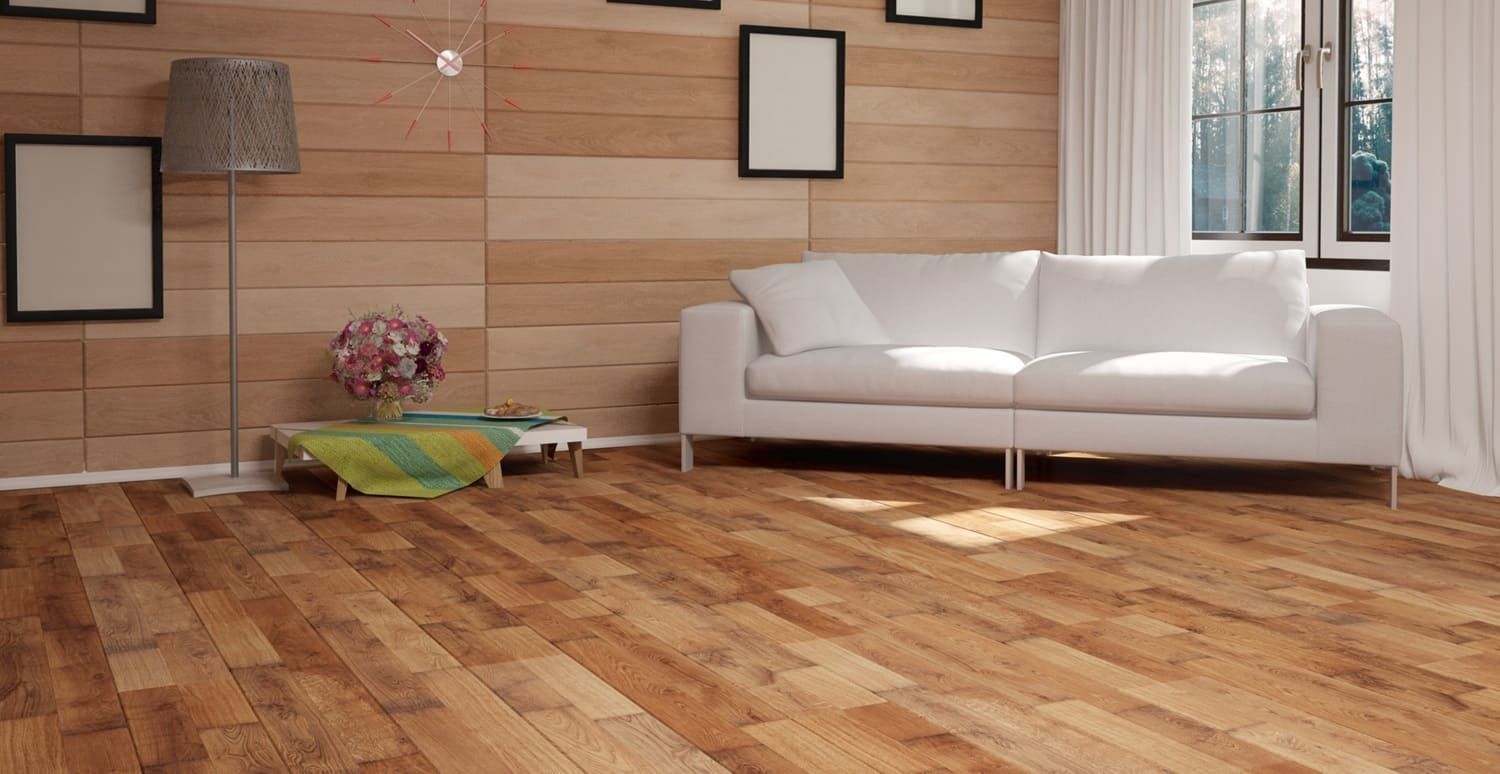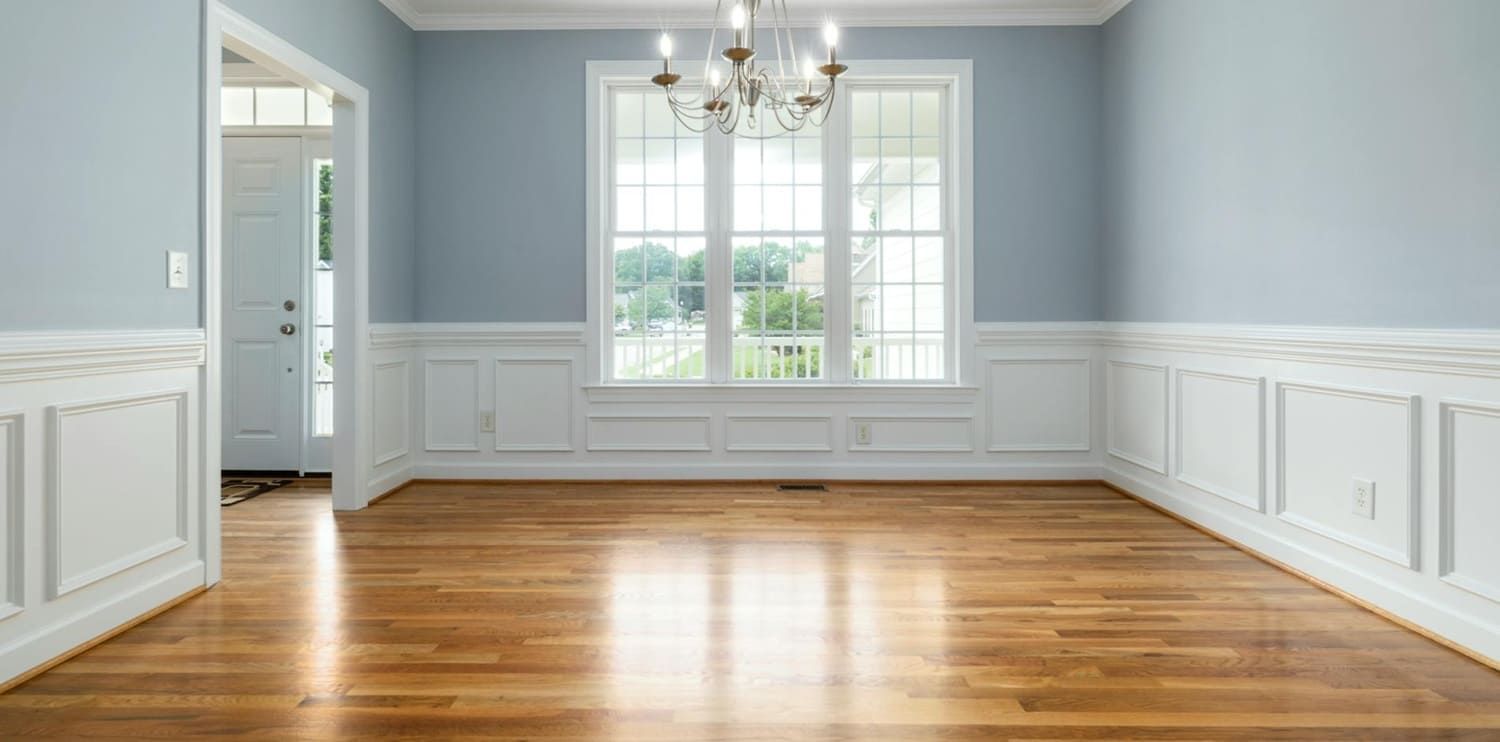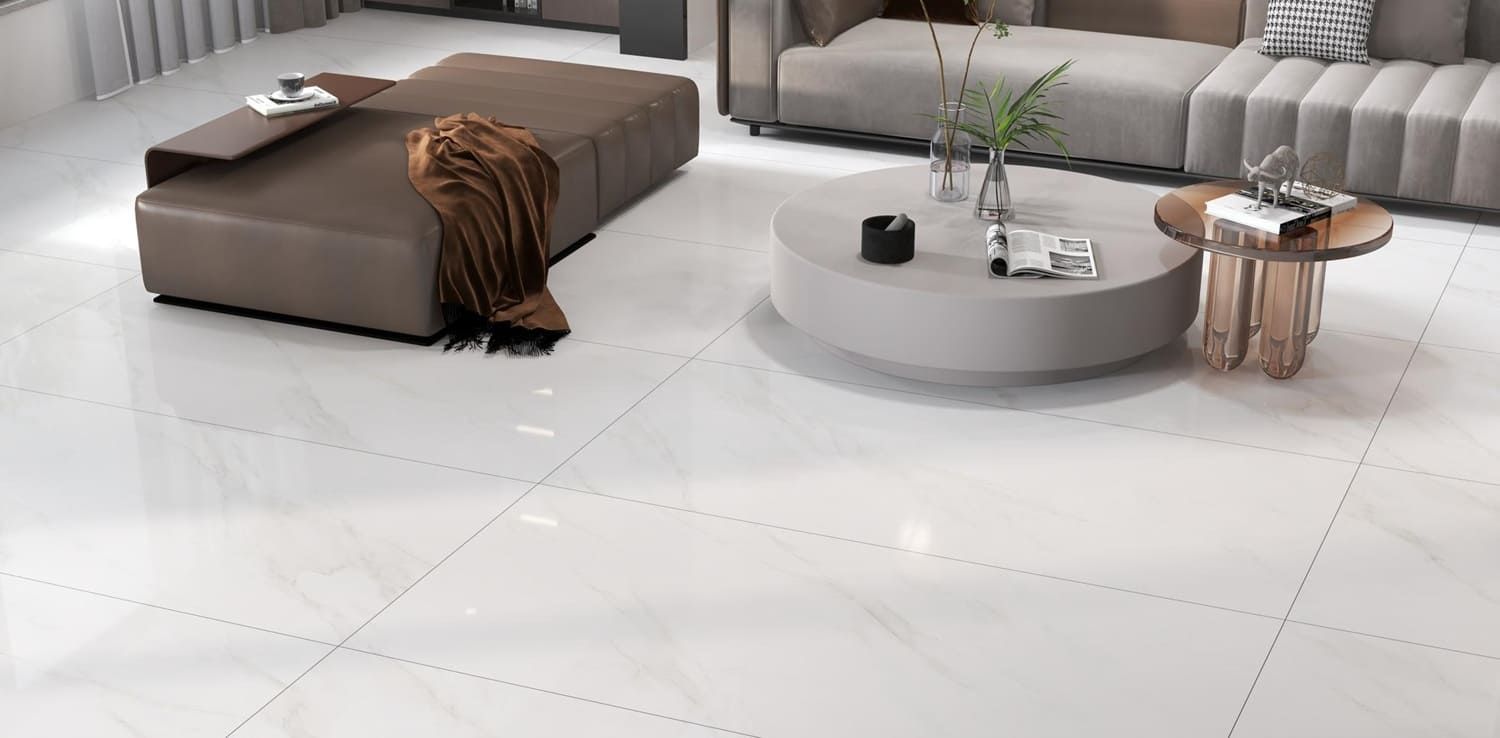How to Choose the Perfect Flooring for Every Room
Choosing the perfect flooring for every room in your home can be a daunting task.
With a myriad of options available, it's easy to feel overwhelmed.
This guide aims to simplify the process. We'll explore various flooring design ideas, and delve into how to choose the right flooring for each room.
We'll consider factors such as durability, aesthetics, cost, and functionality.
Whether you're renovating or building from scratch, this guide will help you make informed, perfect flooring choices.
Stay tuned for practical advice, design tips, and affordable flooring options that suit your lifestyle and budget.

Understanding Room Requirements
Before diving into flooring options, it's crucial to understand the requirements of each room.
Different rooms serve different purposes and have varying levels of foot traffic.
These factors significantly influence the type of flooring that will be most suitable.
Function and Traffic
The function of a room and the amount of foot traffic it receives are key considerations.
For instance, hallways and living rooms often experience high foot traffic. They require durable flooring that can withstand wear and tear.
On the other hand, bedrooms typically have less foot traffic, allowing for more delicate and comfortable flooring options.
Moisture and Climate Considerations
Rooms like bathrooms and kitchens are often exposed to moisture.
This requires flooring that can resist water damage, such as tile or vinyl.
In contrast, dry areas like living rooms and bedrooms can accommodate a wider range of materials, including hardwood and carpet.
Aesthetics vs. Practicality
While aesthetics are important, practicality should not be overlooked.
A beautiful hardwood floor might not be the best choice for a busy kitchen, for instance.
Balancing aesthetics with practicality ensures a cohesive design that also meets your lifestyle needs.
Flooring Types and Their Benefits
There are numerous flooring options available, each with its unique benefits.
Your choice will depend on your specific needs, budget, and design preferences.
Let's explore some of the most popular flooring types.
Hardwood and Engineered Wood
Hardwood flooring is a classic choice, known for its timeless appeal and durability.
It's ideal for living areas and bedrooms, adding warmth and elegance.
Engineered wood, on the other hand, offers the beauty of hardwood but with added stability, making it suitable for areas with fluctuating humidity levels.
Laminate and Vinyl Options
Laminate and vinyl flooring are cost-effective options that mimic the look of more expensive materials.
Laminate is a versatile choice, suitable for most areas in the home.
Vinyl, being water-resistant, is a great option for kitchens, bathrooms, and basements.
Tile and Stone
Tile and stone flooring are excellent choices for high-moisture areas due to their water resistance.
Ceramic or porcelain tiles are commonly used in bathrooms and kitchens.
Stone flooring, such as marble or slate, adds a touch of luxury and natural beauty, making it a popular choice for entryways and living areas.
Special Considerations for Each Room
Different rooms in your home have different flooring needs.
It's essential to consider the room's function, foot traffic, and moisture levels when choosing flooring.
Let's delve into the specific considerations for various rooms.
Kitchens and Bathrooms
Kitchens and bathrooms are high-moisture areas that require water-resistant flooring.
Tiles, whether ceramic, porcelain, or stone, are popular choices due to their durability and easy maintenance.
Vinyl and laminate are also suitable options, offering water resistance and a wide range of design choices.
Living Areas and Bedrooms
Living areas and bedrooms call for flooring that is comfortable, warm, and inviting.
Hardwood and engineered wood flooring are excellent choices, adding a touch of elegance and timeless appeal.
Carpeting, with its softness and warmth, is another popular choice for bedrooms.
Basements and Utility Spaces
Basements and utility spaces often face moisture issues and require durable, water-resistant flooring.
Vinyl and tile flooring are practical choices for these areas due to their durability and water resistance.
If you prefer a warmer feel, consider using engineered wood or laminate with a moisture barrier.
Budgeting and Cost-Effective Choices
Choosing the right flooring also involves considering your budget.
Different flooring types come at different price points, and it's crucial to factor in both initial costs and long-term value.
Let's explore some affordable flooring options and discuss the importance of considering long-term upkeep costs.
Affordable Flooring Options
Laminate and vinyl flooring are among the most cost-effective choices.
They offer a wide range of design options, mimicking the look of more expensive materials like hardwood or stone.
However, it's important to remember that while these options are affordable, they may not offer the same longevity as more expensive materials.
Long-Term Value and Upkeep
When considering flooring costs, don't forget to factor in long-term value and upkeep.
Hardwood flooring, for example, may be more expensive upfront, but it can last for decades with proper care and even add to your home's resale value.
On the other hand, cheaper flooring options may require more frequent replacement, adding to their overall cost over time.

Designing with Flooring: Color, Texture, and Pattern
Flooring is not just about function and cost.
It's also a key element of your home's overall design.
The color, texture, and pattern of your flooring can greatly influence the look and feel of your space.
Let's delve into how to make the best design choices for your flooring.
Choosing the Right Colors
The color of your flooring can have a big impact on your room's ambiance.
Lighter colors can make a room feel larger and more open, while darker colors can add warmth and coziness.
Consider the amount of natural light in the room, as well as the color of your walls and furniture, when choosing your floor color.
Textures and Patterns for Visual Interest
Adding texture and pattern to your flooring can create visual interest and define different areas within a room.
For example, a patterned tile can add character to a kitchen or bathroom, while a textured wood floor can add depth and warmth to a living area.
Remember, the key is to balance your flooring design with the overall style and decor of your room.
Installation: DIY vs. Professional
Once you've chosen your perfect flooring, the next step is installation.
Some types of flooring, like laminate and vinyl planks, are designed for easy DIY installation.
However, other types, like hardwood and tile, may require professional installation to ensure they're installed correctly and will last for years.
Preparing for Installation
Before installing your new flooring, it's important to prepare the subfloor.
This may involve cleaning, leveling, or repairing the subfloor to ensure a smooth and stable base for your new flooring.
Remember, a well-prepared subfloor can greatly extend the life of your flooring.
When to Call the Pros
While DIY installation can save money, it's not always the best choice.
Professional installers have the skills and experience to handle complex installations and troubleshoot any issues that may arise.
If you're unsure about installing your flooring yourself, it's always a good idea to consult with a professional.
Sustainability and Eco-Friendly Options
In today's world, sustainability is a key concern for many homeowners.
Thankfully, there are many eco-friendly flooring options available.
These options not only help to reduce your environmental footprint, but they can also add a unique touch to your home's design.
Eco-Friendly Materials
Bamboo and cork are two popular eco-friendly flooring materials.
Both are renewable resources and offer unique aesthetics for your home.
Reclaimed or recycled materials can also be a great choice, adding character and history to your rooms.
Health and Allergy Considerations
The flooring you choose can also impact the air quality in your home.
Some flooring materials, like carpet, can trap allergens and contribute to poor indoor air quality.
On the other hand, hard surface flooring, like hardwood or tile, can be a better choice for those with allergies or asthma.
Conclusion: Making Your Decision
Choosing the perfect flooring for every room in your home is no small task.
It requires careful consideration of each room's function, your budget, and your personal style.
But with the right information and a clear understanding of your needs, you can make a choice that enhances your home's beauty, functionality, and value.
At Eagle Flooring West, located in Phoenix, AZ, we offer a wide selection of high-quality flooring options to suit every room in your home. Contact us today for a free estimate and let us help you find the perfect flooring solution!






